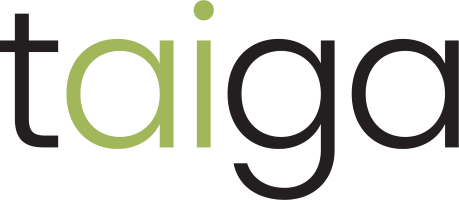Recently, a key issue operators face is the hourly labor shortage. Some say they can’t find hourly employees. Others have store managers working the register and district managers serving as store managers. They’re operating in “crisis mode”.
Labor Costs Increased Overnight
Workforce participation has plummeted since the pandemic started and some of the hardest hit industries are c-store and fast food. Some companies have raised wages and offer new incentives to win back hourly employees. For example, Jimmy John’s is offering signing bonuses for recruits and Chipotle is offering free college tuition to employees. The Wall Street Journal recently highlighted steps restaurants are taking to attract hourly workers.
C-store chains are competing with offers of their own:
- Circle K announced they are hiring 20,000 new employees with excellent benefits ahead of the summer season.
- Rutter’s announced they have increased starting wages for all hourly employees.
- GPM Investments needs to hire 3000 new employees by the end of 2021.
C-store operators are adapting by offering workers higher pay, bonuses, tuition reimbursement, better health insurance, retirement benefits, and other perks. Being unable to hire means closing stores. These added labor costs are here to stay. To compensate, operators need to get better at making revenue and expense based decisions keeping them out of the red on the balance sheet. If not, this also leads to closed stores. This is exactly where advanced business intelligence is needed.
Technology that helps you adapt
By adopting a real-time business intelligence system, c-store owners can narrowly focus on key performance indicators that ultimately help offset labor costs. Here are just a few use cases of how Taiga’s StoreKeep business intelligence platform helps grow revenue and reduce costs:
- Strategically raise prices and increase margins – StoreKeep’s sales analysis tools identify the best candidates for price adjustments and test SKU performance in real time.
- Reduce and prevent stockout losses – Stockout tracking monitors hourly sell through rates for all products. When it detects a product is no longer selling, team members are notified to check on that specific product. Customers have reduced their stockout losses by 50% and grown top-line sales up to 3%.
- Managing staffing needs – Staffing needs are different at every store. Customer traffic analysis provides real-time insights for quick decision making on how to efficiently staff a store and not sacrifice the customer experience with long checkout times.
In the past, when a disruption like this occurred, the large chains had a competitive advantage. The large chains accomplish the examples listed above with large tech teams mining data and proprietary software systems. It costs a fortune and they see it as well worth it when they experience how data analysis can do for their bottom line. Many of the changes seen today are part of their long-term solution to adapt to higher labor costs.
These business intelligence capabilities have been out of reach for independent operators until now! Taiga’s StoreKeep platform was built for independent operators and gives better tools than the larger chains. StoreKeep levels the playing field and does it at a fraction of the cost. There’s no need for large tech teams or for equipment upgrades. Contact us today to discuss how we can help improve the performance of your operations.

